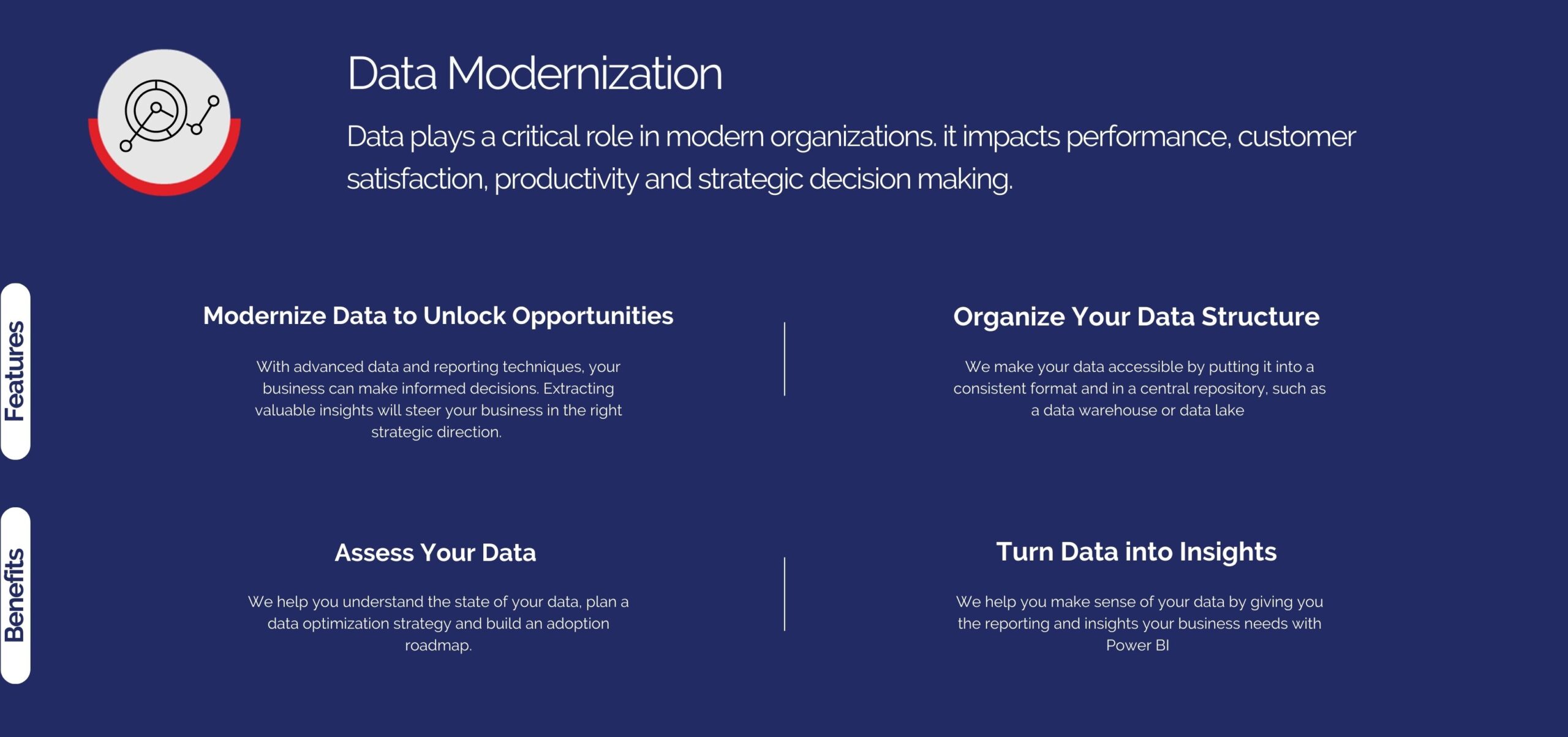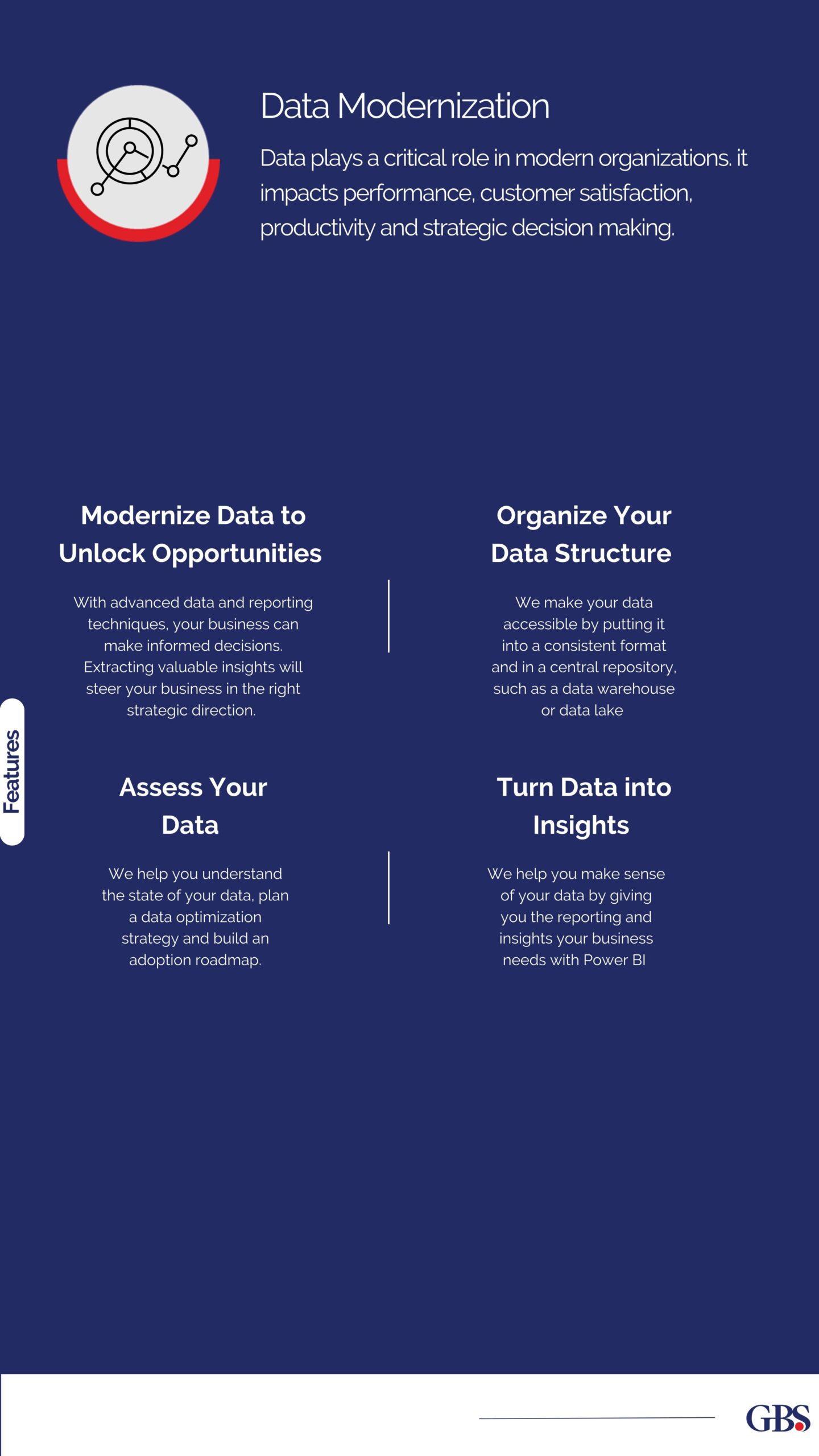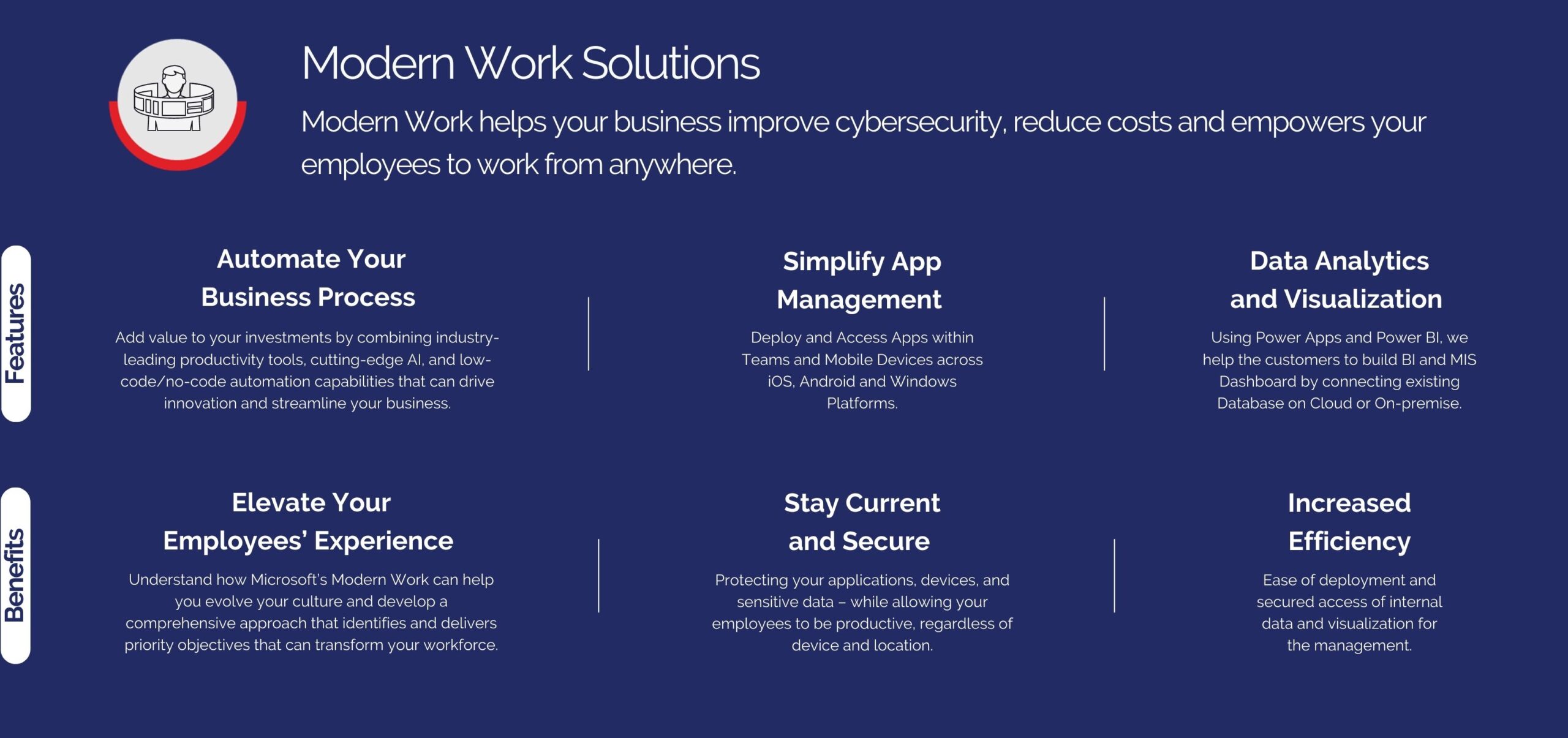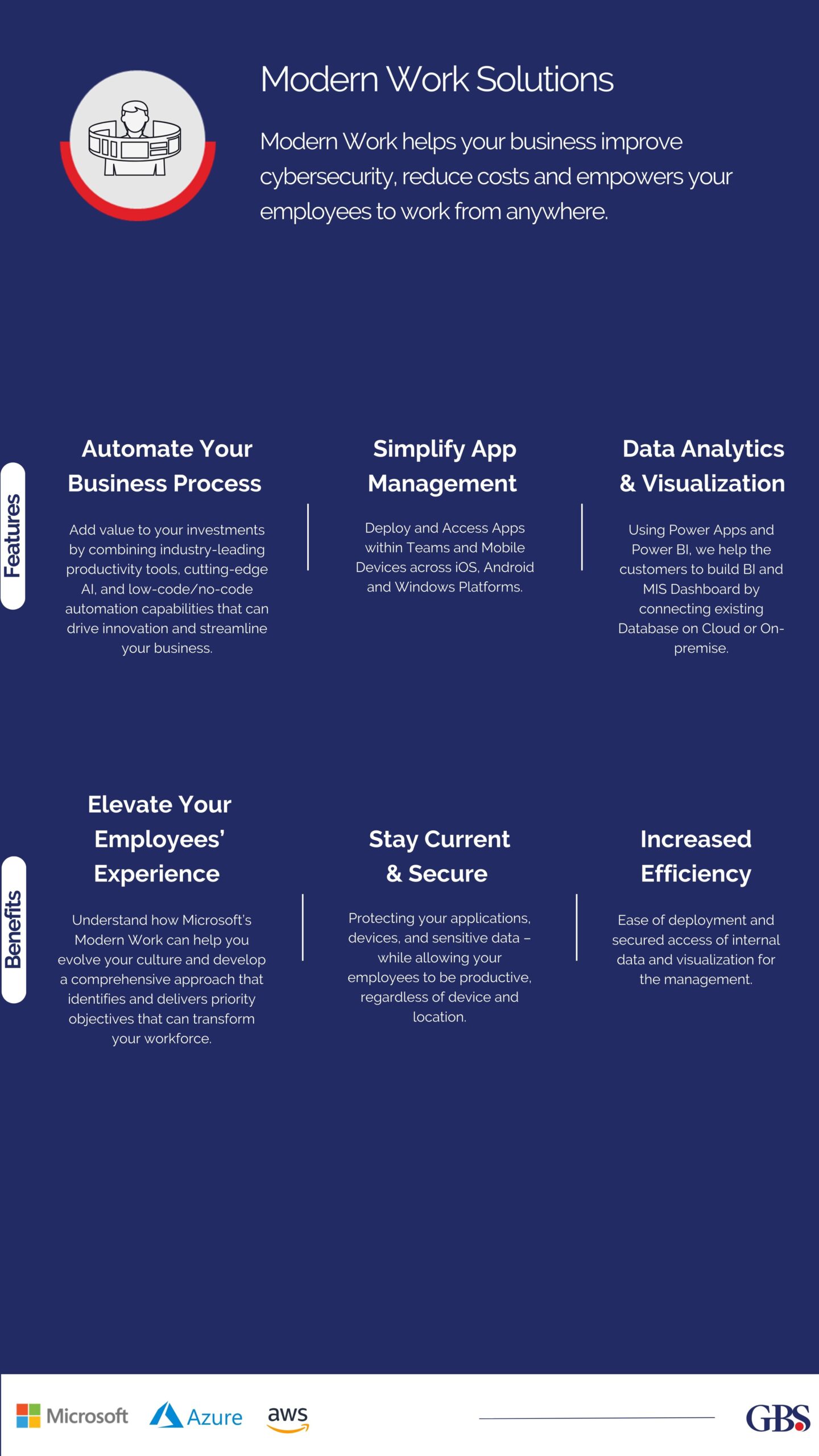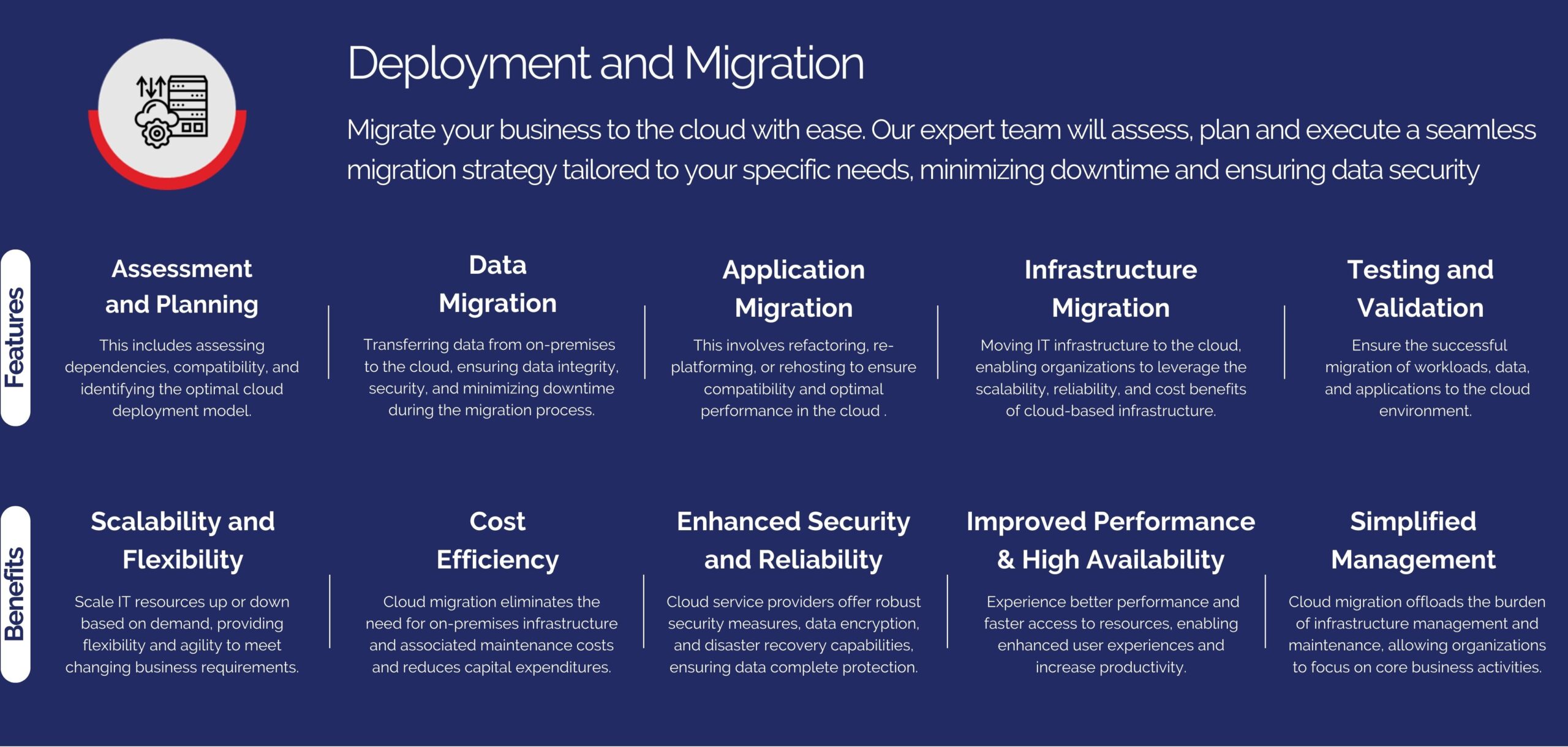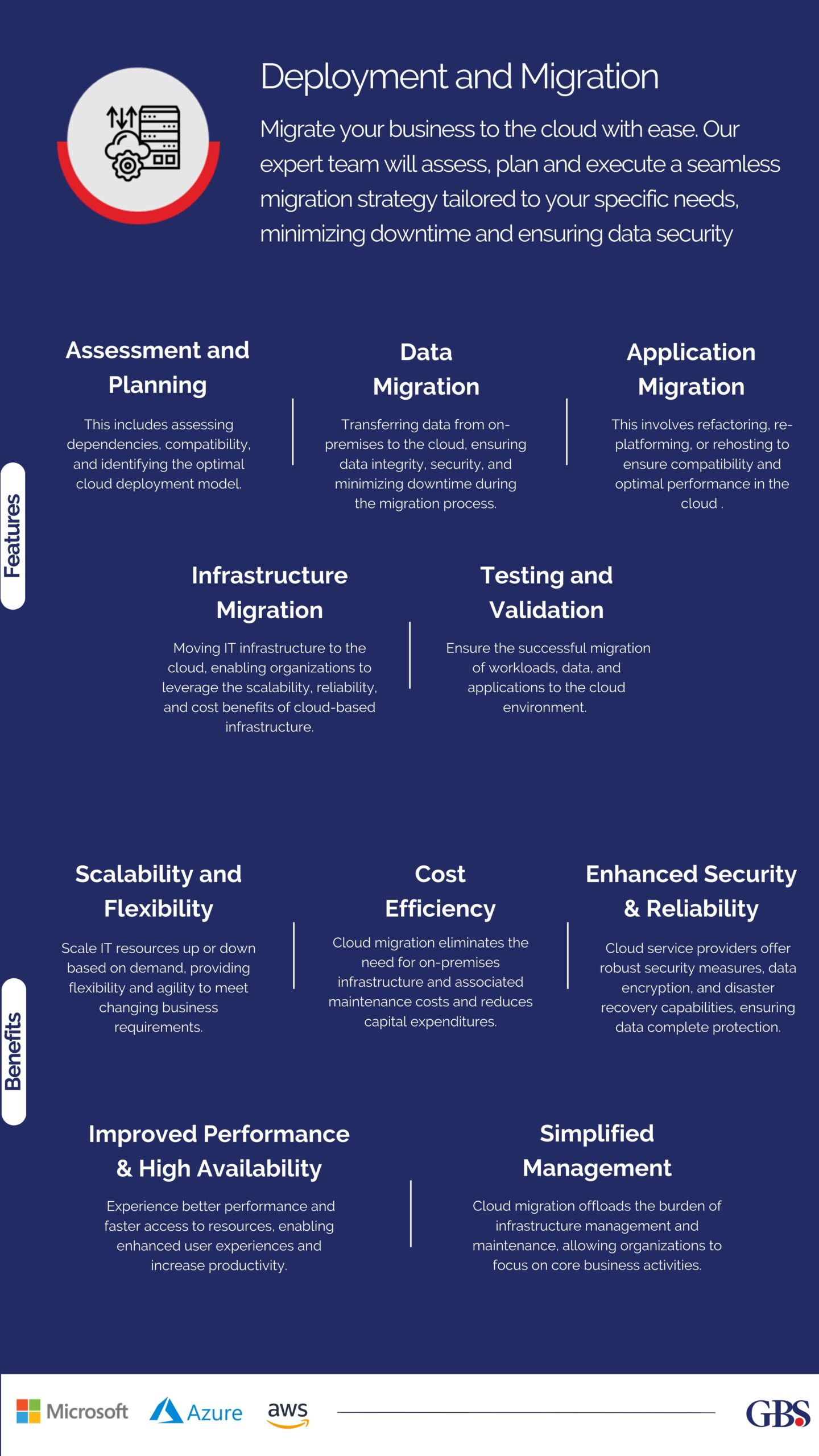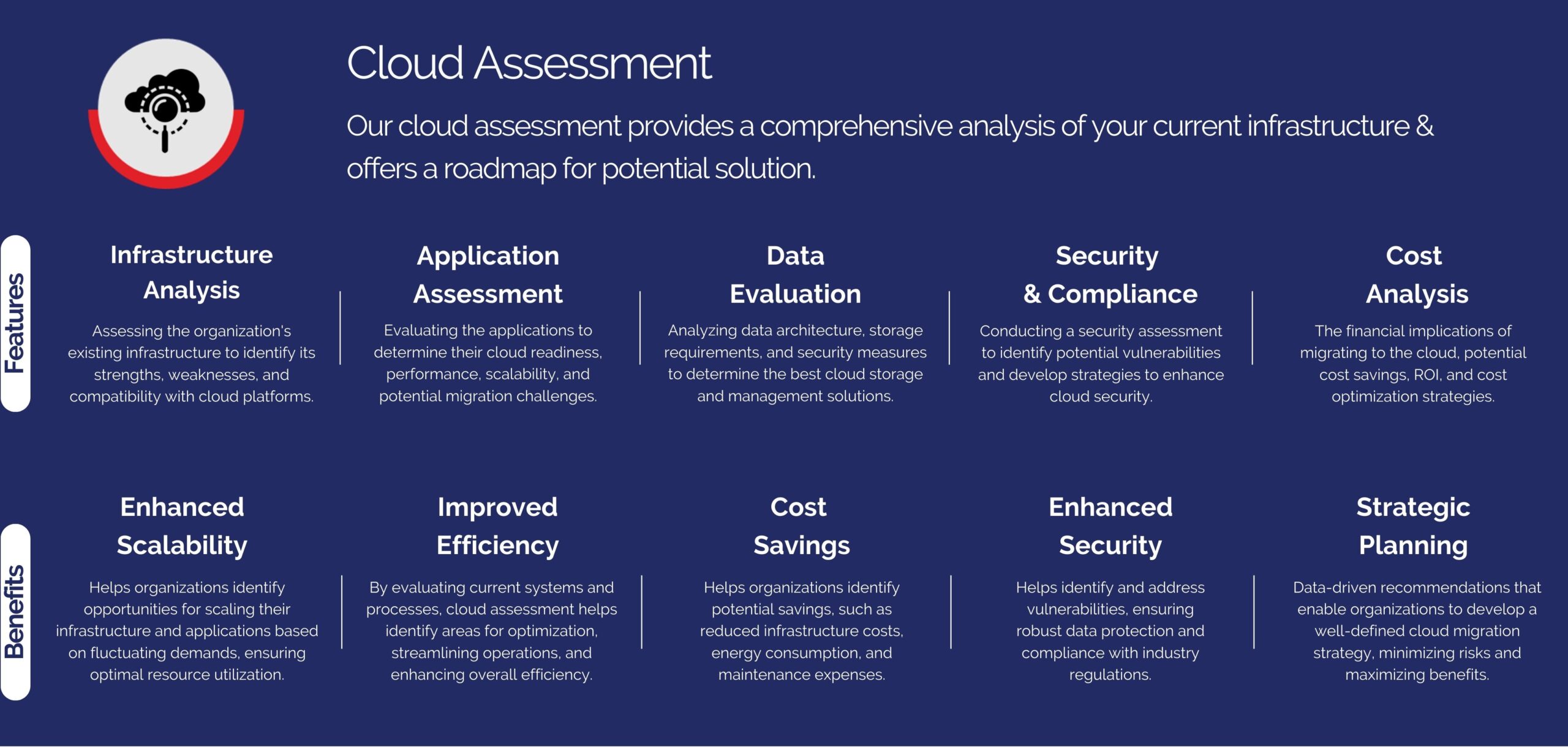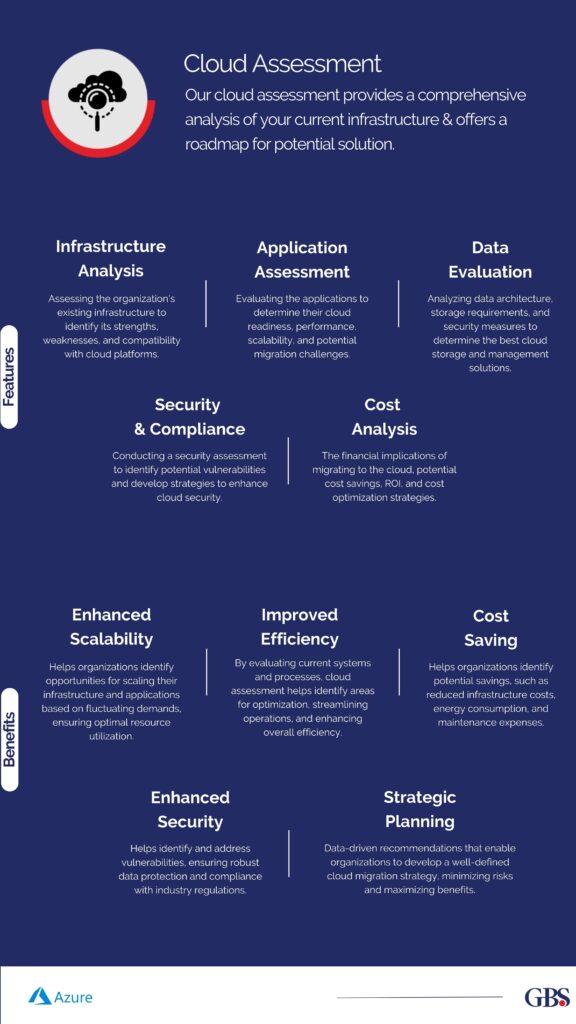UAE Cybersecurity Report 2024 –
Attack Groups & How They Target

In today’s hyperconnected world, businesses face an ever-evolving landscape of cyber threats. Protecting your organization from these threats is essential to ensure data integrity, maintain network security, and comply with industry regulations. In this blog, we will explore the essential cyber security measures and best practices that businesses need to implement to safeguard their valuable assets. By following these strategies, you can mitigate risks, protect your reputation, and maintain the trust of your customers and partners.
Understanding the Cyber Threat Landscape
Before delving into best practices, it’s crucial to understand the cyber threat landscape businesses face today. Cybercriminals are becoming more sophisticated, utilizing advanced techniques such as social engineering, ransomware attacks, and data breaches to exploit vulnerabilities. Additionally, the rise of remote work and interconnected devices has expanded the attack surface, increasing the need for robust cyber security measures.
Implementing Strong Access Controls and Authentication
One of the fundamental pillars of cyber security is ensuring strong access controls and authentication mechanisms. This involves implementing multi-factor authentication (MFA), strong password policies, and role-based access control (RBAC). By enforcing these measures, you can significantly reduce the risk of unauthorized access to sensitive data and systems.
Regular Security Awareness Training
Human error remains a significant factor in cyber incidents. By providing regular security awareness training to employees, you can empower them to recognize and respond to potential threats effectively. Training should cover topics such as phishing attacks, social engineering techniques, safe browsing practices, and the importance of keeping software and systems updated.
Continuous Monitoring and Incident Response
Implementing a robust monitoring system enables you to detect and respond to security incidents promptly. This includes real-time monitoring of network traffic, system logs, and user activities. Additionally, developing an incident response plan that outlines the steps to be taken in case of a security breach is crucial for minimizing the impact of an incident and facilitating a swift recovery.
Regular Security Assessments and Vulnerability Patching
Conducting regular security assessments and vulnerability scans is vital to identify potential weaknesses in your systems. These assessments can help you prioritize patches and updates, ensuring that your infrastructure remains protected against the latest threats. Regularly patching vulnerabilities in software and systems is essential to prevent exploitation by cybercriminals.
Conclusion
Learn the best practices to safeguard your business from cyber threats. Get in touch with our cyber security experts to ensure your organization’s resilience against evolving risks. By implementing strong access controls, providing security awareness training, establishing continuous monitoring, and conducting regular security assessments, you can protect your business, maintain customer trust, and thrive in our hyperconnected world.
In conclusion, safeguarding your business from cyber threats is a critical responsibility in today’s hyperconnected world. By adopting best practices and implementing a comprehensive cyber security strategy, you can protect your data, maintain network security, and ensure compliance with industry regulations. Don’t wait for an incident to happen – take proactive steps to secure your organization and stay one step ahead of cybercriminals. Contact our cyber security experts today to learn more about safeguarding your business.
Curious to Learn More about the Solution? Click Here to Receive the Complete Solution Brief – Solution Brief
Follow us on social media to stay update on latest developments – Facebook & Linkedin


